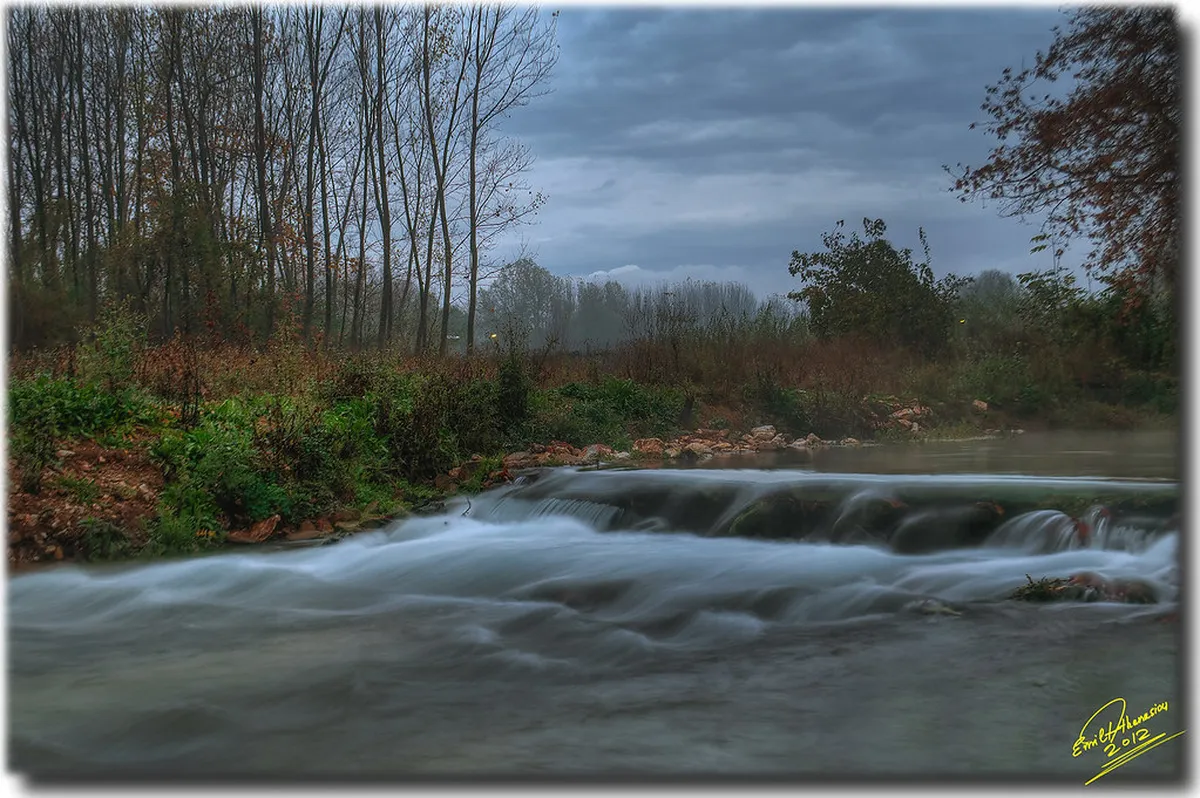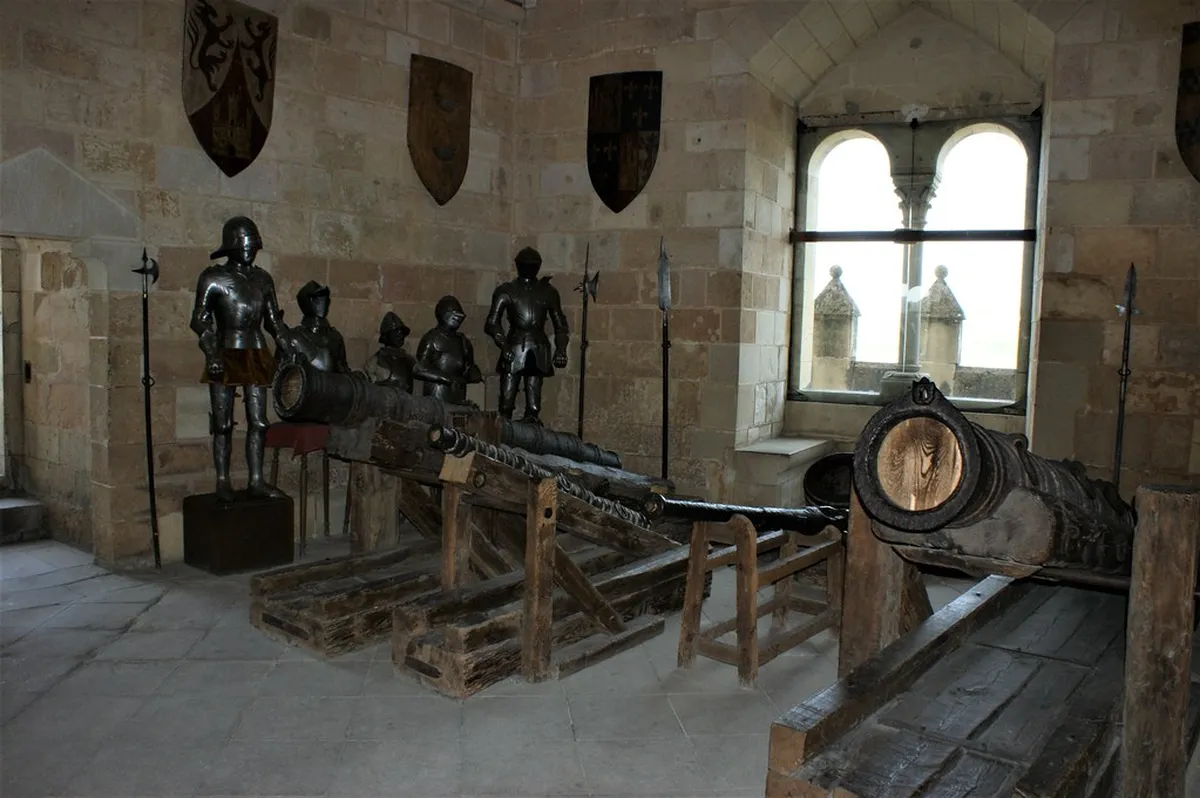Uncovering Agia Napa Monastery History and Spiritual Roots
Agia Napa is known for beautiful beaches. It also holds deep historical treasures. The Agia Napa Monastery history is truly fascinating. This ancient site offers a peaceful retreat for visitors.
Many travelers explore its serene courtyards. Learn about its origins and enduring legacy. This guide provides a full overview. Discover why it's a must-see for any Agia Napa sightseeing itinerary in 2025.
The Monastery's Ancient Origins and Founding Legend
Plan this trip faster with our free online itinerary maker. Get a personalized day-by-day plan in minutes.
The story of Agia Napa Monastery begins mysteriously. Local legend tells of a hunter and his dog. They discovered a glowing icon of the Virgin Mary. This find happened in a hidden cave. The cave was deep within a dense forest.
This miraculous discovery sparked devotion. The icon was believed to have spiritual power. People soon built a church around the cave. This marked the birth of the monastery. It became a sacred place for pilgrims.
The name "Agia Napa" means "Holy Forest." This name reflects its origin. It honors the wooded area where the icon appeared. The exact date of founding remains unclear. Many historians suggest an early Christian presence. Early structures likely predate the 15th century.
Evidence suggests a pre-Christian shrine existed here. This area was always considered sacred. The monastery complex grew over centuries. It absorbed various historical influences. Explore more Agia Napa ancient sites during your trip.
From Hermitage to Holy Site: Early Development
Initially, the monastery served as a hermitage. Solitary monks sought spiritual solitude here. They lived simple lives in the cave church. The community slowly expanded over time. More structures were added for monastic life.
During the 14th century, more significant construction began. A small chapel was built above the cave. The monastic community became more organized. It attracted pilgrims from across the region. This period shaped its initial form.
The Venetian period brought notable changes. In the 15th century, the monastery gained prominence. A wealthy Venetian noblewoman funded its expansion. She founded the current church and cloisters. This was a significant development for the site.
Her daughter reportedly resided there. She lived out her final days at the monastery. The church and fountain are attributed to her patronage. This era cemented the monastery's status. It became a revered Agia Napa must-see place. You can still see elements of this history today.
Architectural Treasures: Exploring the Monastery Grounds
The monastery boasts unique architectural elements. Its central church is built partially underground. It incorporates the original cave. This design keeps the interior cool. It also connects directly to its ancient roots.
The main church features intricate stonework. You will find beautiful frescoes inside. The courtyard is surrounded by cloisters. These provide a peaceful atmosphere. A magnificent marble fountain stands in the center.
This fountain is a masterpiece of its time. It depicts a lion's head. The water flows into a sarcophagus-like basin. This symbolizes life and death. The fountain adds to the spiritual ambiance.
A towering sycamore tree stands proudly. It is over 600 years old. This ancient tree shades the courtyard. It has witnessed centuries of history. The monastery is truly one of the best Agia Napa photo spots. Take time to admire its beauty.
Explore the serene monastic cells. Imagine the lives of the monks within. The peaceful gardens offer quiet contemplation. Each corner tells a story of devotion. The architecture reflects various historical periods.
Daily Life and Decline: What Happened to the Monks?
For centuries, the monastery thrived. Monks lived lives of prayer and service. They cultivated the surrounding lands. They provided aid to the local community. The monastery was a hub of spiritual life.
Under Ottoman rule, the monastery continued to operate. However, its importance began to wane. The number of active monks decreased. Financial difficulties also played a role. The site fell into disrepair at times.
By the late 18th century, it was largely abandoned. The monastery no longer housed monks permanently. It became a women's convent for a period. This shift continued until the late 19th century. The building maintained its religious significance.
In 1950, the monastery underwent restoration. It aimed to preserve its historical integrity. Today, it no longer functions as a monastery. It serves as a museum and cultural center. It is a testament to its enduring past.
Visitors can still feel the spiritual presence. The quiet halls echo with history. Consider spending a half-day on Agia Napa tours to truly appreciate it. It offers a unique glimpse into Cyprus's religious heritage.
Planning Your Visit to Agia Napa Monastery in 2025
Visiting the Agia Napa Monastery is straightforward. It is located in the heart of Agia Napa. The monastery is easily accessible by foot. Many Agia Napa sightseeing transport options reach it.
The monastery typically opens daily. Hours are usually from 9:00 AM to 5:00 PM. Always check current opening times for 2025. Schedules can change, especially during holidays. There is no entrance fee for visitors.
Remember to dress respectfully. Shoulders and knees should be covered. This shows respect for the sacred site. Keep voices low in the courtyard. Photography is generally allowed, but be discreet.
Allow at least one hour for your visit. You can explore the church and cloisters. Spend time admiring the ancient tree. The peaceful atmosphere encourages reflection. It's a wonderful escape from the bustling town.
Combine your visit with other attractions nearby. The monastery is close to many Agia Napa family attractions. You can enjoy a leisurely stroll afterwards. Discover more about the best time to visit Agia Napa for ideal weather.
Frequently Asked Questions
What is the best time to visit Agia Napa Monastery for fewer crowds?
The best time is usually during the shoulder seasons. Visit from April to early June. Another great period is September to October. These months offer pleasant weather. You will encounter fewer tourists compared to summer peak. Early mornings also provide a serene experience at this Agia Napa hidden gem.
Are there any entrance fees for visiting Agia Napa Monastery?
No, there is no entrance fee. Entry to the Agia Napa Monastery is free. This makes it an excellent option for free things to do in Agia Napa. Donations are appreciated to help maintain the site. These contributions support its preservation for future visitors.
What other historical sites are close to Agia Napa Monastery?
The monastery is centrally located. You can easily walk to other points of interest. Explore the ancient sites in Agia Napa. Consider visiting the Agia Napa Thalassa Municipal Museum nearby. The Agia Napa Sea Caves are also accessible. These offer different historical perspectives.
The Agia Napa Monastery history reveals a rich past. From a humble cave to a significant landmark, its journey is compelling. This ancient site offers much more than just beautiful architecture. It provides a window into Cyprus's deep spiritual heritage.
Plan your visit to this tranquil oasis in 2025. Experience the peaceful courtyards yourself. Discover the legends and stories embedded within its walls. The monastery remains a testament to enduring faith. It is truly one of the most significant Agia Napa viewpoint spots, offering cultural insight.
Key Takeaways
- The Agia Napa Monastery began with a miraculous icon discovery in a cave.
- It flourished during the Venetian era, becoming a significant religious site.
- Visit for free, dress respectfully, and allow 1-2 hours to explore its history and architecture.



